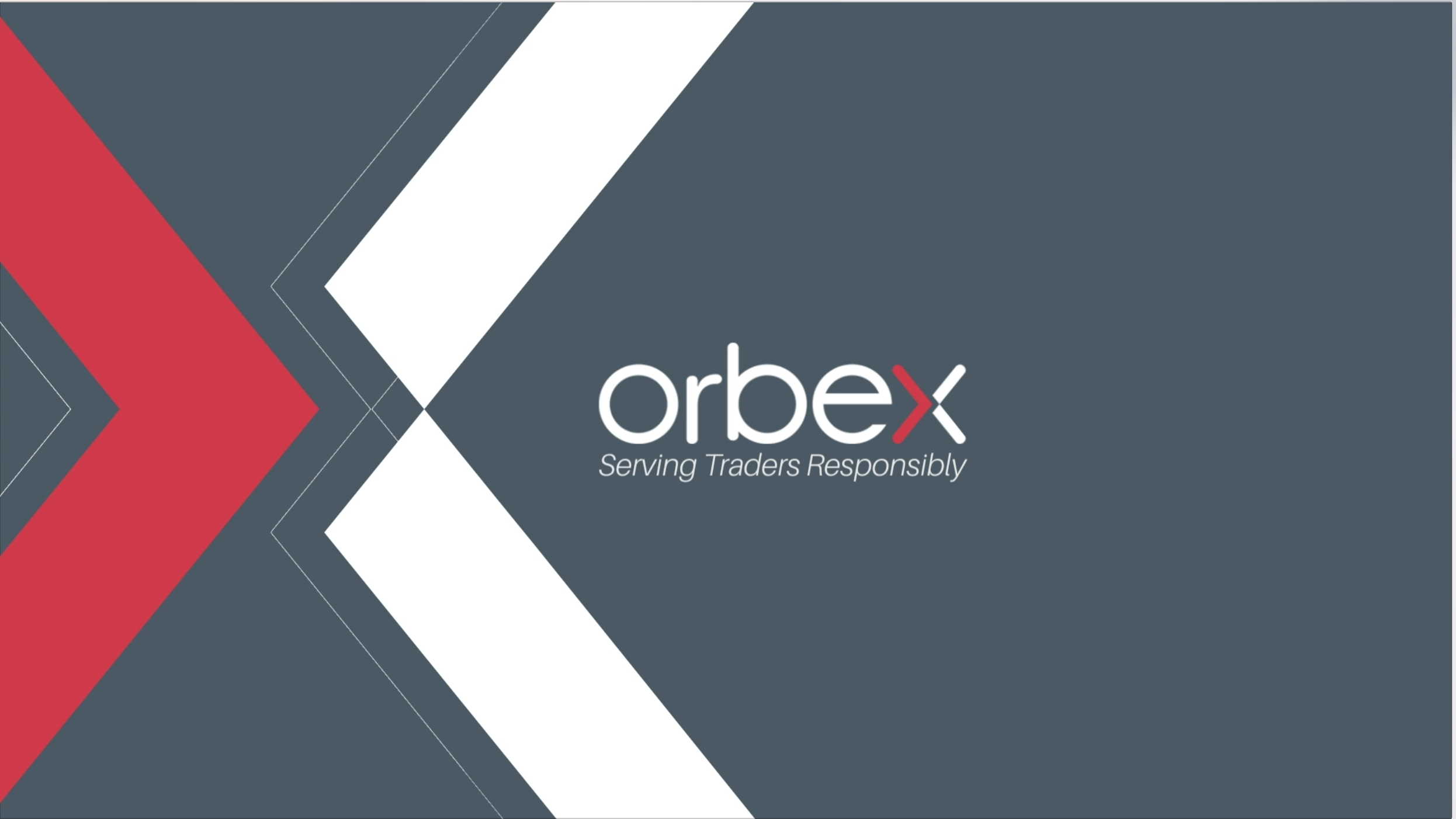Labor market report from Australia marks another stellar performance

Summary:
- Monthly employment change beats estimates to rise 32,800 in October
- Unemployment rate steady at a six-year low of 5.0%
- Participation rate increases to 65.6%
- Wage growth yet to rise
- Speculation on Q4 2019 RBA rate hike
- Wage price index rises 2.1% on the year in the September quarter
The latest monthly jobs report from Australia managed to surprise once again and topping estimates. The better than expected jobs report, a second consecutive report underlined the fact that the labor market conditions might finally be starting to turn the corner.
Official data released last week by Australian Bureau of Statistics (ABS) showed that monthly employment jumped 32,800 in October on a seasonally adjusted basis. This beat estimates which expected to see the monthly employment rise just 20,000.
The data for September was also revised higher to show an increase of 7,800 compared to the original estimates of 5,700 jobs.
The jobs report also showed an increase in the employment to population ratio. The participation rate was seen rising by 0.1 percentage points to 65.6%. This was the highest level since March 2011.
The unemployment rate was seen steady at 5.0% for a second consecutive month. This marked a six-year low in the unemployment rate and came despite increasing participation rate for the labor markets.
The headline data suggests that the RBA’s patience to let the labor market gather steam was paying off. With the cash rate being kept steady at 1.5% for more than two years, the central bank is seen being rewarded with stronger employment figures.
The RBA is betting that the tightening labor market will eventually fuel wage growth and push inflation higher.
Full-time employment was seen rising 238,000 as it outpaced the increase in part-time jobs which grew 69,400.
The ABS said that the total hours rose 0.3% during the period. Other measures of the labor market such as the underemployment rate and the underutilization rate were steady at 8.3% and 13.3% respectively during the month.
The underemployment rate is the ratio between the number of people who already have a job but would like more hours. The underutilization rate measures both underemployment and unemployed people. The underutilization rate is the broadest measure of slack that exists in the labor market.
Despite the uptick in the jobs report, wage growth was still seen to be subdued. However, if the current trend keeps up, wage growth would also start to quick off.
Earlier in the week, Australia’s quarterly wage price index report was released. Data from the Australia Bureau of Statistics showed that wage price index rose 0.6% in the three months ending September. This brought the annual wage price index to 2.3%.
Wages grew slightly in the private sector, rising 2.1% while public sector wages gained 2.5% through the year.
“There was a higher rate of wage growth recorded across the majority of industries in comparison to this time last year, reflecting the influence of improved labor market conditions,” Mr. Hockman said, the ABS Chief Economist.
Following the jobs report, analysts were quite to speculate on the rate hike timing from the Reserve Bank of Australia. Given the upbeat numbers, forecasts are coming in that the RBA could hike the cash rate by a quarter point during the fourth quarter of next year.
The Australian dollar reacted positively to the data set as it posted strong gains. Still, despite the optimism, the RBA is expected to remain on the sidelines until it sees strong evidence of higher wage growth.
Inflation also remains another key metric that the RBA will be keeping an eye on. The recent decline international crude oil prices could see consumer prices weakening in November.




